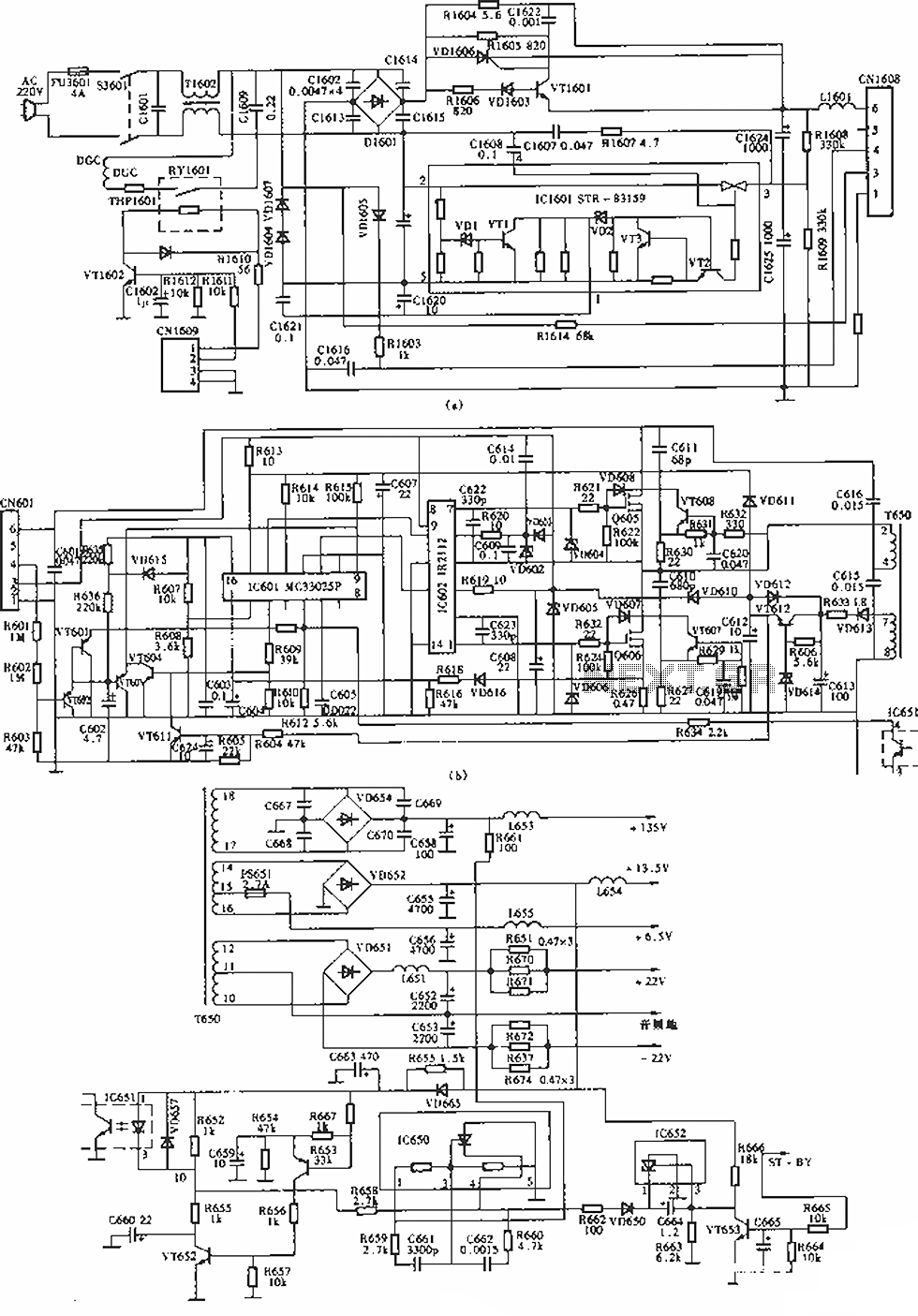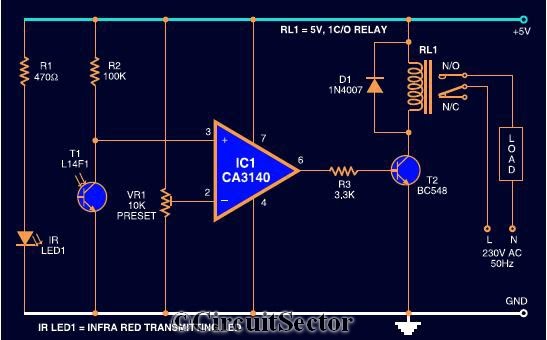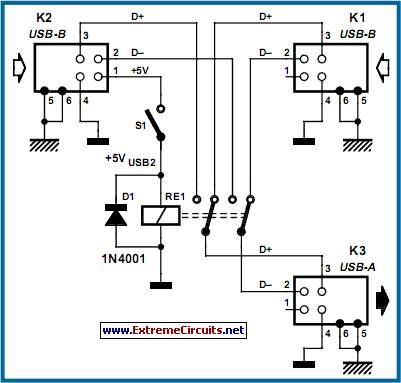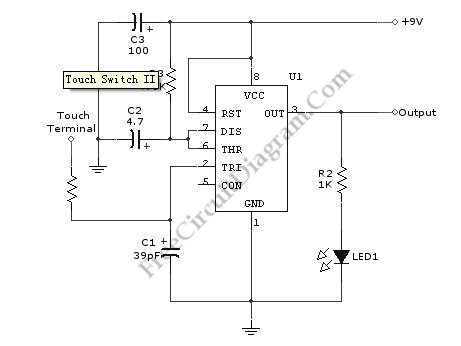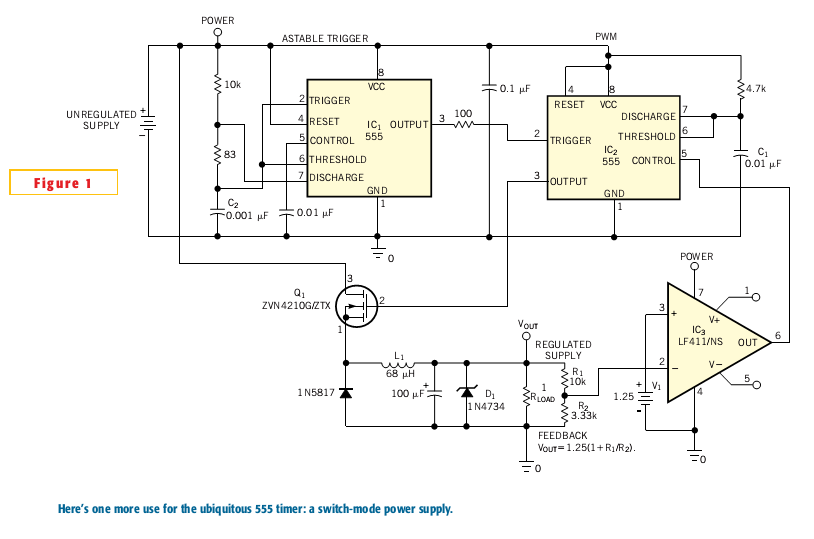
220V Touch Switch
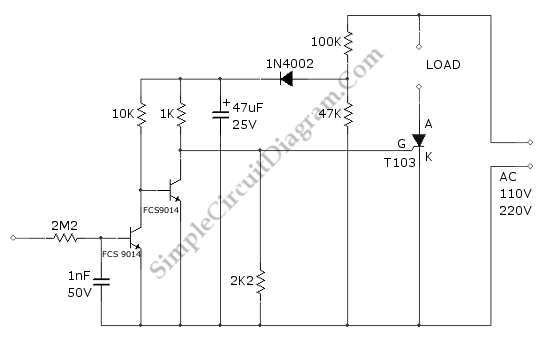
This is a 220V touch switch circuit. This circuit functions as a switch that turns off and on the electronic device connected to the 220V home supply.
The 220V touch switch circuit is designed to control the operation of electrical devices by utilizing a touch-sensitive mechanism. This circuit typically consists of a touch sensor, a relay, and the necessary supporting components to ensure safe operation with high voltage.
The touch sensor acts as the primary input device, detecting the user's touch and sending a signal to the control circuitry. When the sensor is activated, it triggers a relay, which serves as an electromechanical switch. The relay is rated to handle the 220V AC voltage and can control the power supply to the connected device.
Key components of the circuit include a resistor, which may be used to limit the current flowing through the touch sensor, and a capacitor that can help filter noise from the signal. Additionally, a diode is often included in parallel with the relay coil to protect the circuit from back EMF generated when the relay is switched off.
To ensure safety and reliability, the circuit should be enclosed in a suitable housing to prevent accidental contact with live components. Proper insulation and adherence to electrical standards are critical when designing circuits that operate at 220V to prevent hazards such as electric shock or fire.
Overall, this touch switch circuit provides a convenient and modern solution for controlling household appliances, enhancing user experience through simple touch activation.This is a 220V Touch Switch circuit. This circuit is used as switch which turn off and turn on the the electronic device that is connected to the 220V home.. 🔗 External reference
The 220V touch switch circuit is designed to control the operation of electrical devices by utilizing a touch-sensitive mechanism. This circuit typically consists of a touch sensor, a relay, and the necessary supporting components to ensure safe operation with high voltage.
The touch sensor acts as the primary input device, detecting the user's touch and sending a signal to the control circuitry. When the sensor is activated, it triggers a relay, which serves as an electromechanical switch. The relay is rated to handle the 220V AC voltage and can control the power supply to the connected device.
Key components of the circuit include a resistor, which may be used to limit the current flowing through the touch sensor, and a capacitor that can help filter noise from the signal. Additionally, a diode is often included in parallel with the relay coil to protect the circuit from back EMF generated when the relay is switched off.
To ensure safety and reliability, the circuit should be enclosed in a suitable housing to prevent accidental contact with live components. Proper insulation and adherence to electrical standards are critical when designing circuits that operate at 220V to prevent hazards such as electric shock or fire.
Overall, this touch switch circuit provides a convenient and modern solution for controlling household appliances, enhancing user experience through simple touch activation.This is a 220V Touch Switch circuit. This circuit is used as switch which turn off and turn on the the electronic device that is connected to the 220V home.. 🔗 External reference

